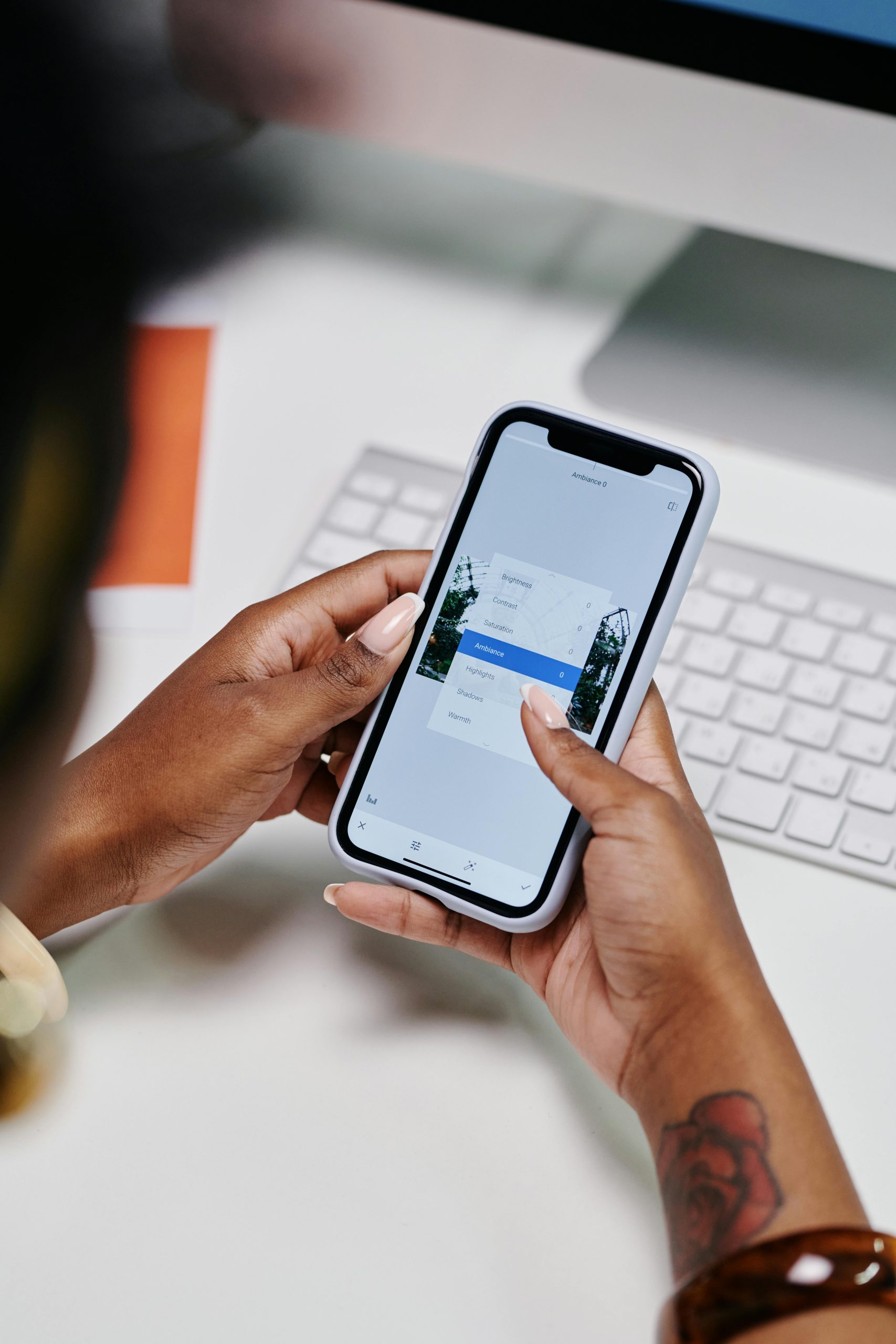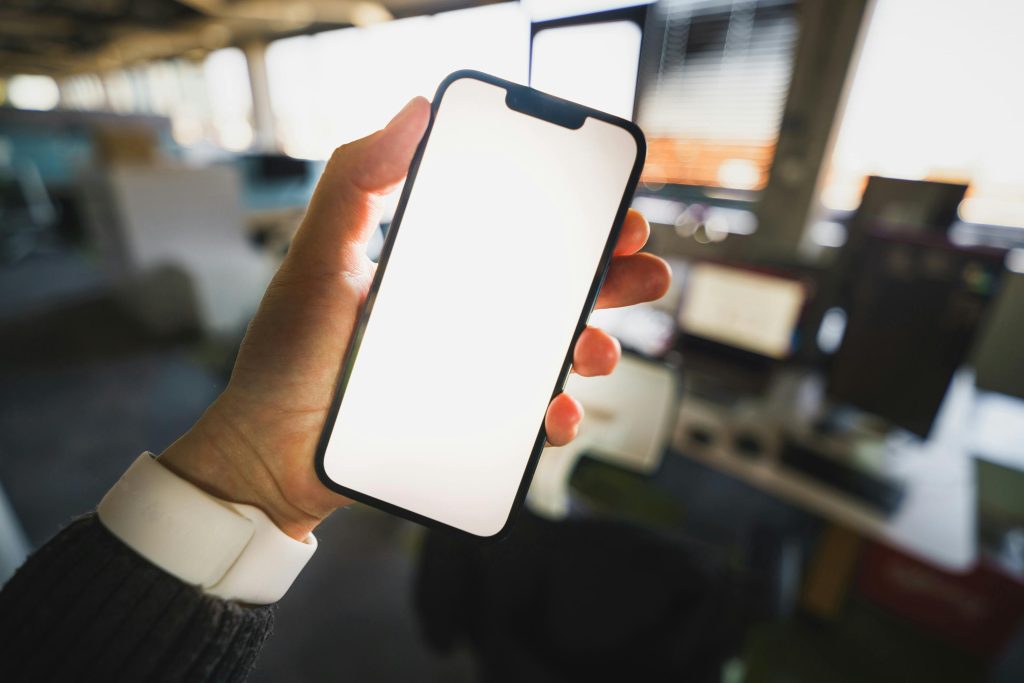Understanding Unusual Network Activity on Your iPhone: What It Means and How to Respond
In the modern digital landscape, smartphones are integral to our daily lives, often holding sensitive and critical information. However, unusual behaviors or network activity can raise concerns about device security. Recently, some iPhone users have noticed an unexpectedly high number of active network interfaces, leading to questions about underlying causes and potential security implications. This article aims to demystify these network interfaces, explain what they might indicate, and offer guidance on appropriate steps to ensure your device’s safety.
Recognizing Unfamiliar Network Interfaces on Your iPhone
iOS devices, including iPhones, manage network connections through various virtual interfaces that handle different types of data transmission. Common interfaces include:
-
utun and ipsec Interfaces: These are typically associated with VPN connections and secure tunneling protocols. Notably, if your device isn’t using a VPN app or configuration, the appearance of these interfaces can be confusing.
-
Loopback (lo0) Interface: This interface manages internal communications within the device. Unexpectedly high data transfer over loopback can signal extensive background processes or potential anomalies.
-
pdp_ip Interfaces: These relate to cellular data connections. Multiple active instances might reflect process management by iOS, but unusually high data usage or ongoing activity across these interfaces warrants scrutiny.
Are These Interfaces Normal?
In typical scenarios, iOS dynamically manages network interfaces to optimize connectivity and security. However, certain conditions may cause unusual activity:
-
Persistent or Multiple utun and ipsec Interfaces: If you’re not knowingly using a VPN, seeing these can be an anomaly. It might suggest background configurations, third-party apps, or, in rare cases, malicious activity.
-
High Data Transfer on Loopback or Cellular Interfaces: Excessive internal or cellular data flow can result from background app activity, system updates, or potential malware.
Interpreting Data Usage and Traffic Patterns
Substantial data transfer, such as over 1 GB on the loopback interface or nearly 4 GB received in a short span, exceeds typical smartphone behavior and may indicate that your device is performing resource-intensive processes or, worse, being compromised.
Potential Security Concerns
While some network activity is standard, especially with background app updates, system processes, or iOS features, persistent or unexplained high activity can be a sign of spyware or malware. Given past experiences where malware was detected via suspicious files or activity, vigilance is warranted.
Share this content:



